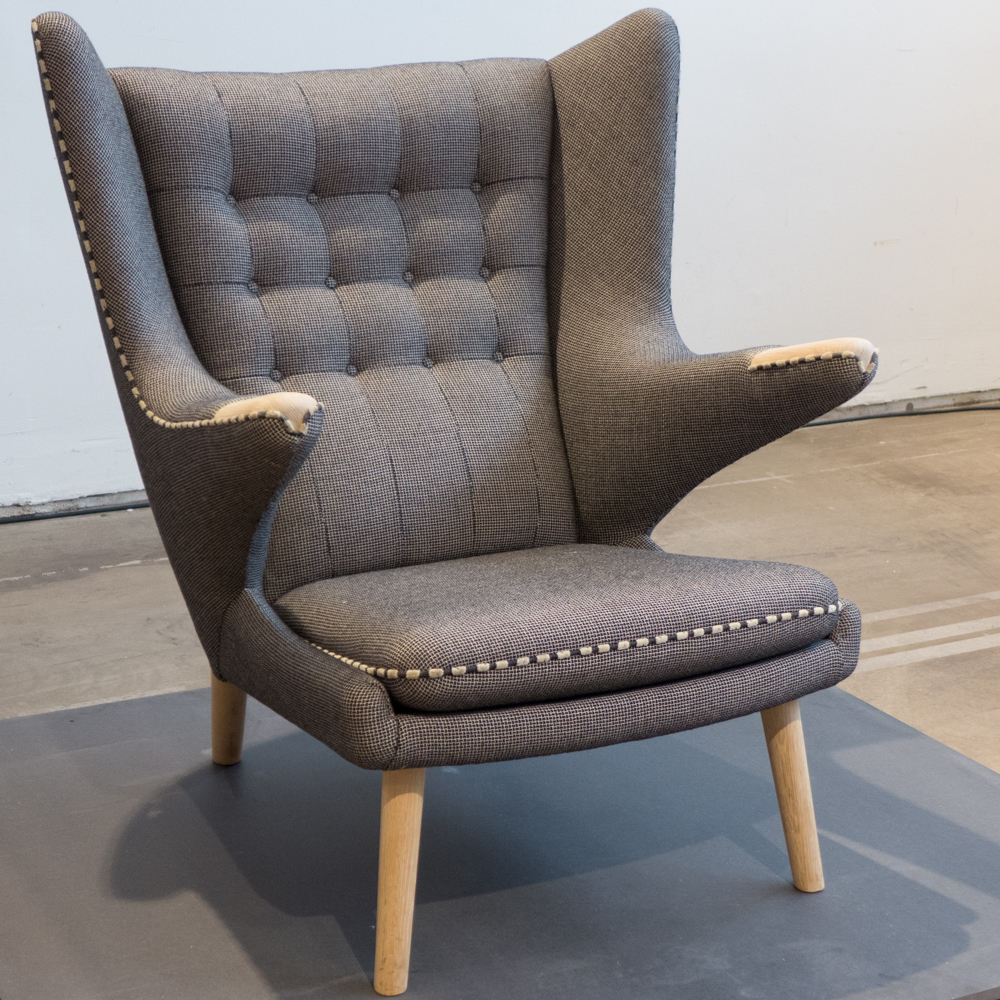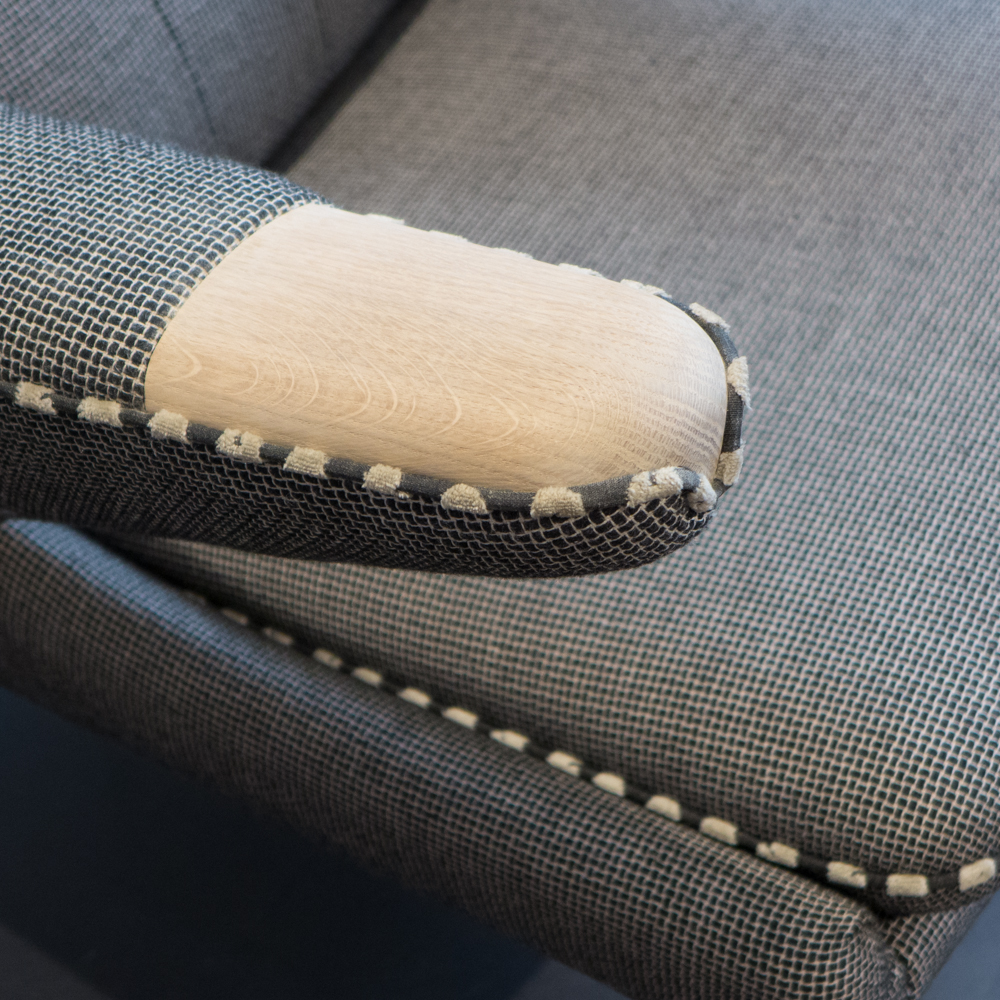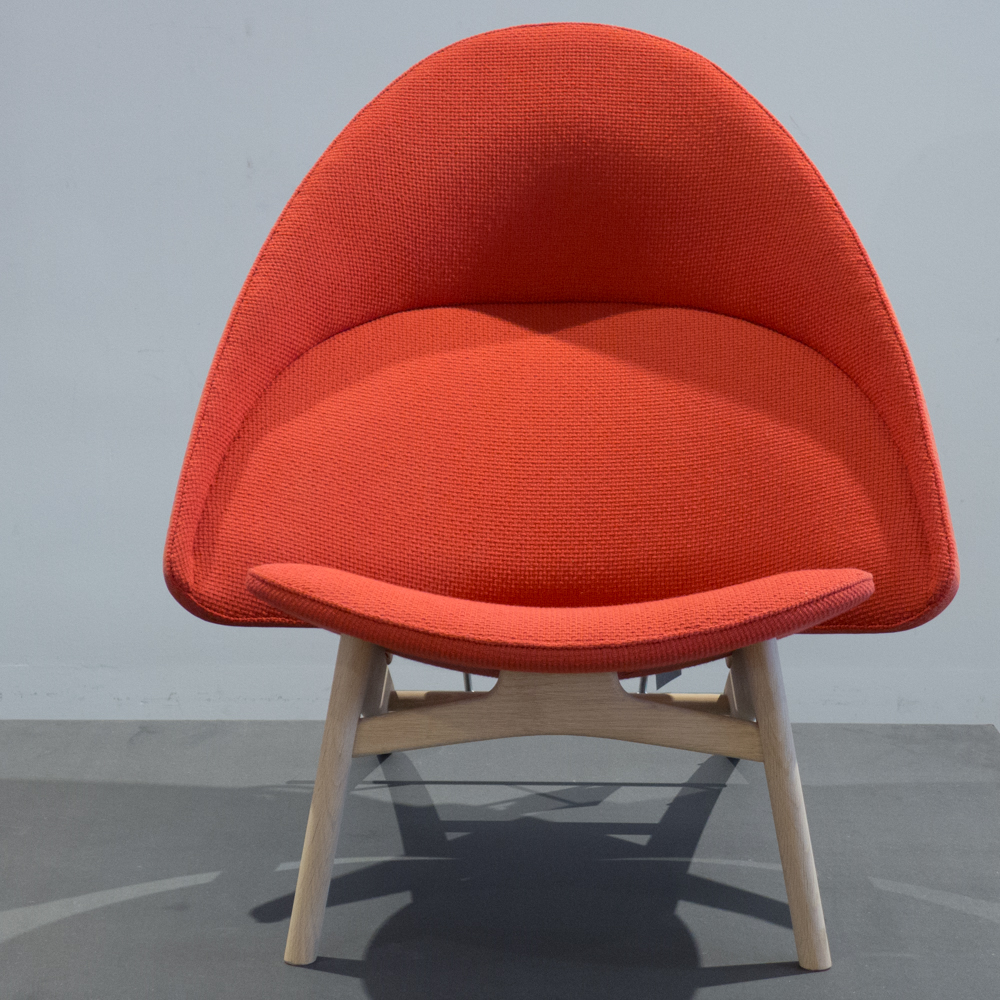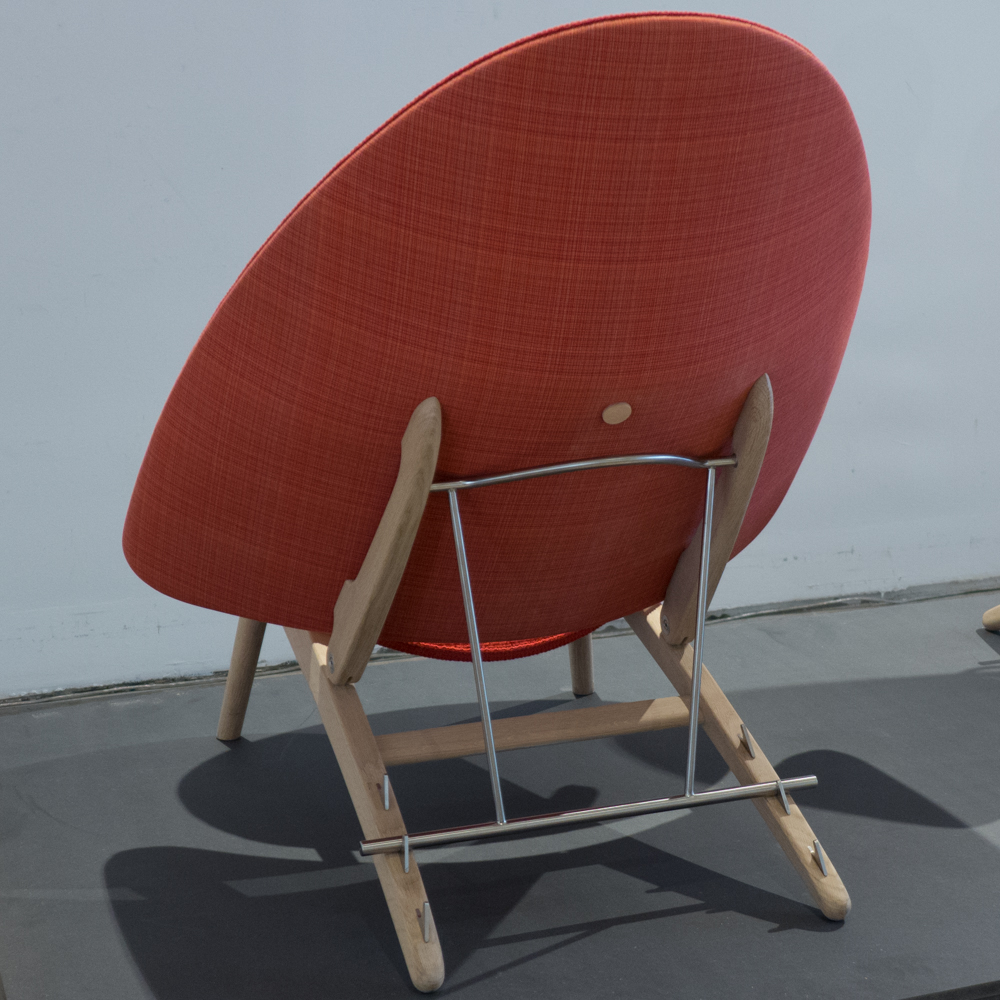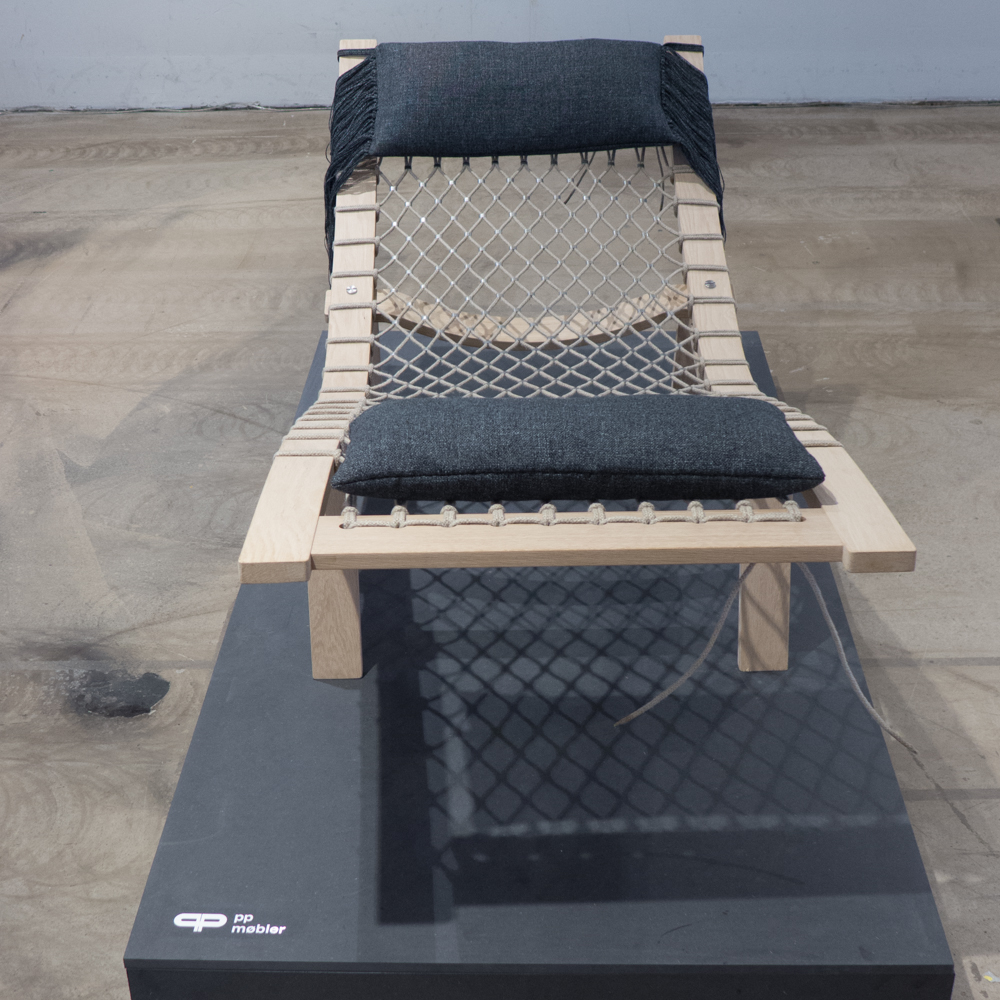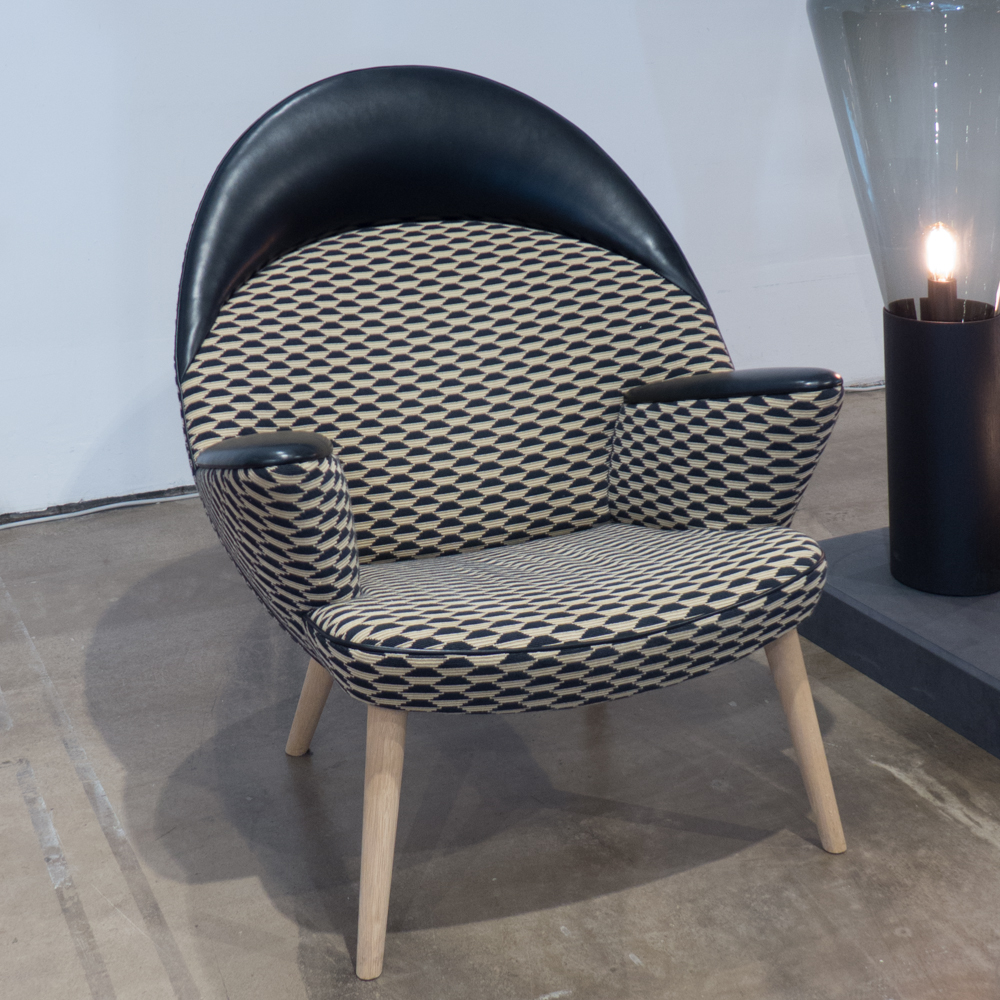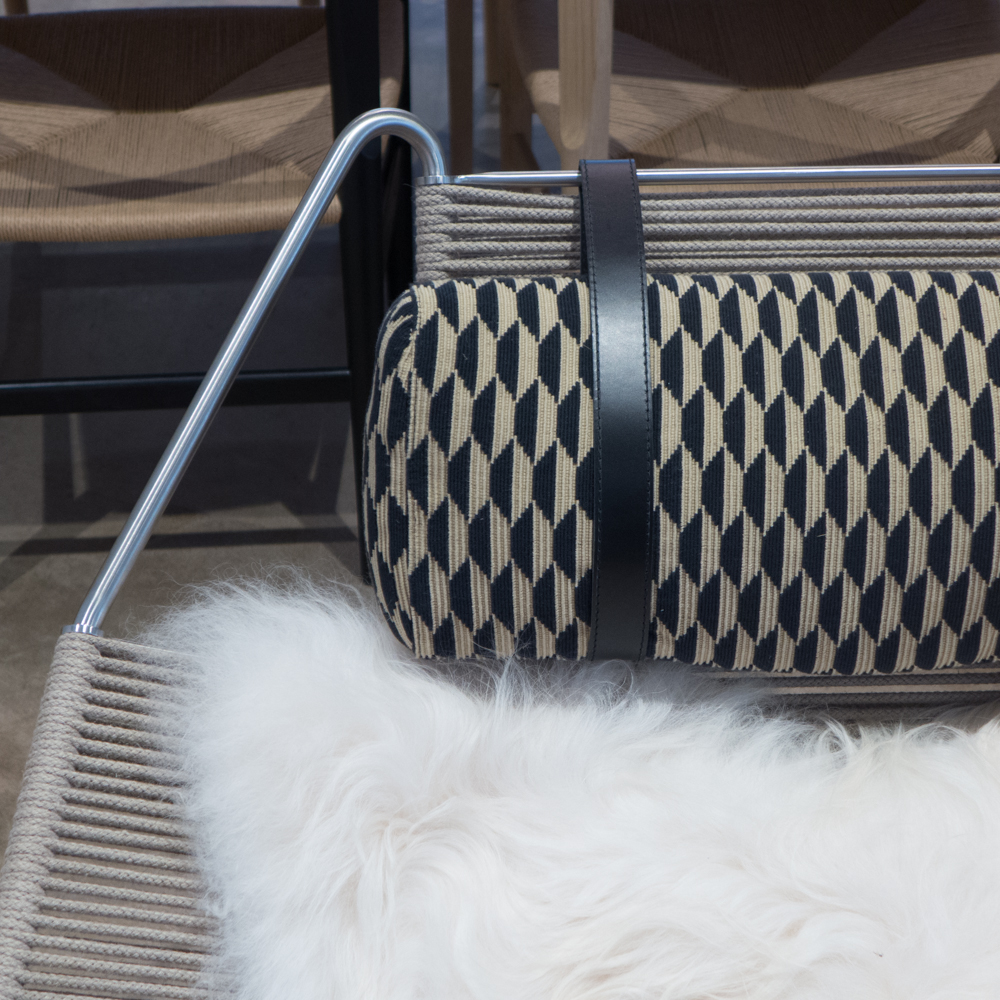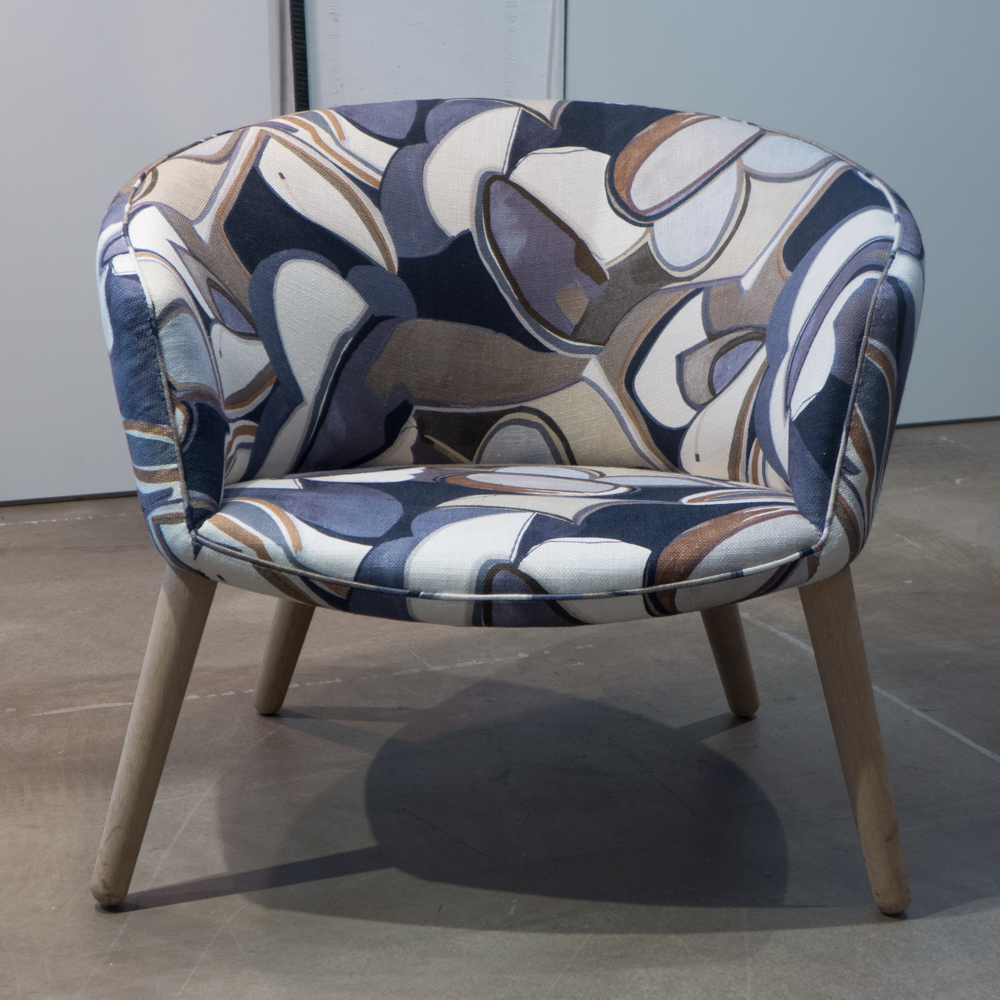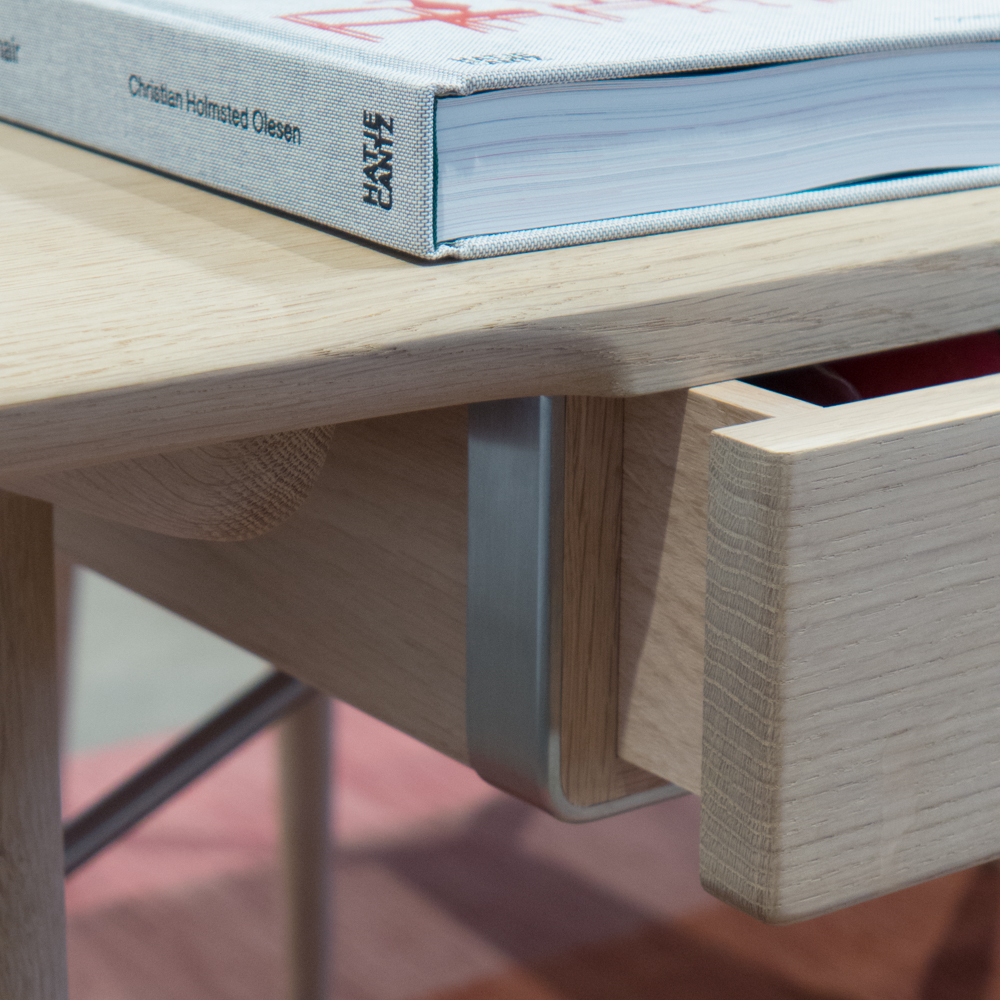Poul Kjærholm
/Although the book was first published in 1999 it is still available. Images in the book and the typography and layout make this an important book in its own right but the format, with a number of independent essays provides an important overview of the life and work of the designer and insights into his approach to design and his work as they knew or worked with Poul Kjærholm.
The foreword to the book is by Jørn Utzon who taught Kjærholm and then there are five essays or chapters and an interview by Axel Thygesen and Arne Karlsen with Poul Kjærholm from 1963.
There is a biographical resumé and a full list of works arranged chronologically - including proposals that were not put into production.
Erik Krogh in the first essay Architect and Furniture Designer identifies an important and intriguing division in the furniture designs between the sculptural forms, such as the extraordinary chair made of two shells, and the disciplined and restrained architectural pieces that reduce chairs to a series of flat planes. Ulf Hård af Segerstad in the essay Poul Kjærholm - An Architect, Not a Designer reinforces this view and Christoffer Harlang in Lightness and Weight puts the works by Kjærholm within the context of Danish architecture in the 1950s and 1960s.
The control of space is discussed further in the section on Exhibitions and Special Spaces by Nils Fagerholt that includes photographs of a room setting for the Museum of Applied Arts in Trondheim from 1952, the displays of his own work that Kjærholm designed in galleries and showrooms in Copenhagen and exhibitions in Milan, Montreal and Paris where his furniture was set out, generally, within a grid defined by large photographs that formed screens and by simple large rugs and by a precise use of lines of pendant lights to reinforce the division of larger space into smaller simple and clearly defined areas.
An important essay by Ole Palsby - Setting a Standard - explores the role of Ejvind Kold- Christensen in the development, manufacture and promotion of the designs from Kjærholm.
Photographs of the furniture by Keld Helmer-Petersen form a large central section of the book. He produced record photographs for Kjærholm and they also worked together on several of the exhibitions which included black-and-white enlargements of landscape and urban views by the photographer.*
Poul Kjærholm, edited by Christoffer Harlang, Keld Helmer-Petersen and Krestine Kjærholm, Arkitektens Forlag (1999)
notes:
* Keld Helmer-Petersen (1920-2013) was a pioneer of colour in art photography in Denmark
It might be useful to reproduce here the numbering system that Kjærholm devised for the furniture that he designed between 1948 and 1980:
Small chairs without arm rests PK 0-9
Small chairs with arm rests PK 10-19
Easy chairs without arm rests PK 20-29
Easy chairs with arm rests PK 30-39
High tables PK 40-59
Low (sofa) tables PK 60-79
Day beds PK 80-89
Folding stools PK 90-99
Stool PK 33 does not fit the system





